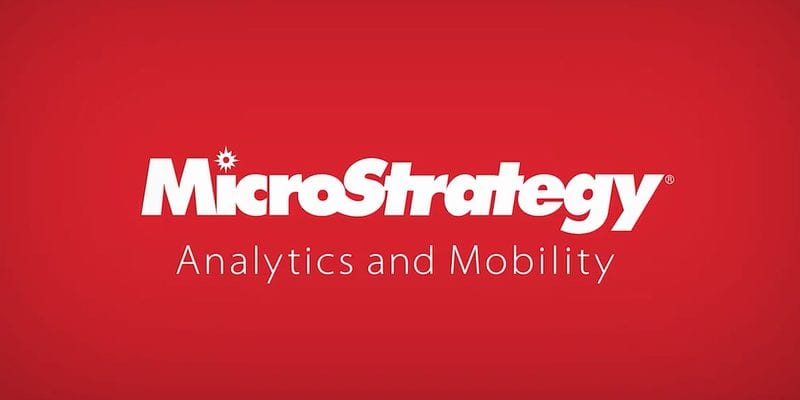MicroStrategy is one of the leading providers of enterprise software globally. The company was founded in 1989 in Wilmington, Delaware. The founders of the company are Michael J. Saylor, Thomas Spahr, and Sanju Bansal. It is a publicly-traded company listed on New York Stock Exchange. MicroStrategy’s main focus is on developing software and that analyzes both internal and external data and helps businesses make better decisions. The company’s headquarters is based in Virginia and it has nearly 3,200 employees.
About MicroStrategy
MicroStrategy has become a very dominating company in the business analytics sector as it has successfully built a simple UI design combined with high system performance and a universal approach. MicroStrategy has 4,000 customers spread across 26 countries for whom it provides a consistent and high-quality analytics platform. The major competitors of MicroStrategy in the market are IBM Cognos, Oracle’s BI Platform, and SAP AG Business Objects. The main goal of the company is to make sure that an enterprise has access to all its data and the platform functions optimally for the user end.
History Of The Company
Michael Saylor with a consulting contract from DuPont started MicroStrategy in 1989. He received $250,000 as start-up capital and office space in Delaware to start his work. Saylor went to MIT and while he was in college he met Sanju Bansal who joined the company shortly as a co-founder. While they were in college, both of them took a class in systems dynamics theory. Based on the idea of that subject MicroStrategy developed data mining and business intelligence software using nonlinear mathematics. After three years, the company landed its first major client, McDonald’s, and signed a contract of $10 million.
Between 1990 and 1996 the company was able to increase revenue by 100% each year. With the rapid growth, the company decided to move from Delaware to Virginia with its 50 employees. In June 1998 it applied for an IPO and became a public company. MicroStrategy eventually started focusing on its research and development division hence founded Alarm.com as part of its R&D unit.

Economic Downfall And Lawsuit
In 2000, the company decided to restate its financial years for the preceding two years after doing a review of its accounting. When the company became a public entity its stock price rose from $7 per share to $333 per share within a year. But it started falling ($120 per share) and it was due to the burst of the dot-com bubble. The same year, MicroStrategy went through another turmoil as the US Securities and Exchange Commission filed a lawsuit against the company and its executives. The charges were mostly of fraud and the matter was settled later in December where each of those officials paid $350,000 in fines.
Recent Days Of MicroStrategy
In 2009, the company decided to sell Alarm.com for $27.7 million. The deal was finalized with a venture capital firm ABS Capital Partners. The same year the company introduced OLAP services and eventually started developing business intelligence software applications for iPhone and iPad. In the last decade, the company also expanded the range of its services as it launched a cloud-based service, MicroStrategy Cloud in 2011. In 2014, the company collaborated with Facebook and introduced a new feature on its platform called PRIME (Parallel Relational In-Memory Engine).
The company was going through a rough financial state in 2014 and decided to lay off 770 employees. Saylor also requested the company to reduce his salary to $1 from $875,000. In 2015, the company launched MicroStrategy 10 and after three years released the next version. Last year, the company released MicroStrategy 2020 which included a new design for its Hyperintelligence analytics tool.
Michael J. Saylor – Co-Founder And CEO
Michael J. Saylor is a famous American entrepreneur who is famous for co-founding MicroStrategy. He is also an author and the sole trustee of Saylor Academy. He went to MIT with a scholarship. He also joined the Theta Delta Chi fraternity where he met Sanju Bansal. In 1999 he was featured in MIT Technology Review as an “Innovator Under 35.”

Annasha Dey is an NIT student, who apart from studying engineering is also a content writer. She has a great interest in photography, writing, reading novels, and travelling as well. She is a foodie who loves socializing and hanging out with her friends. She is also a trained Kathak dancer and a big fashion enthusiast. Dey also loves watching TV series, which includes F.R.I.E.N.D.S. and Big Bang Theory. To be a better writer she prefers to read more